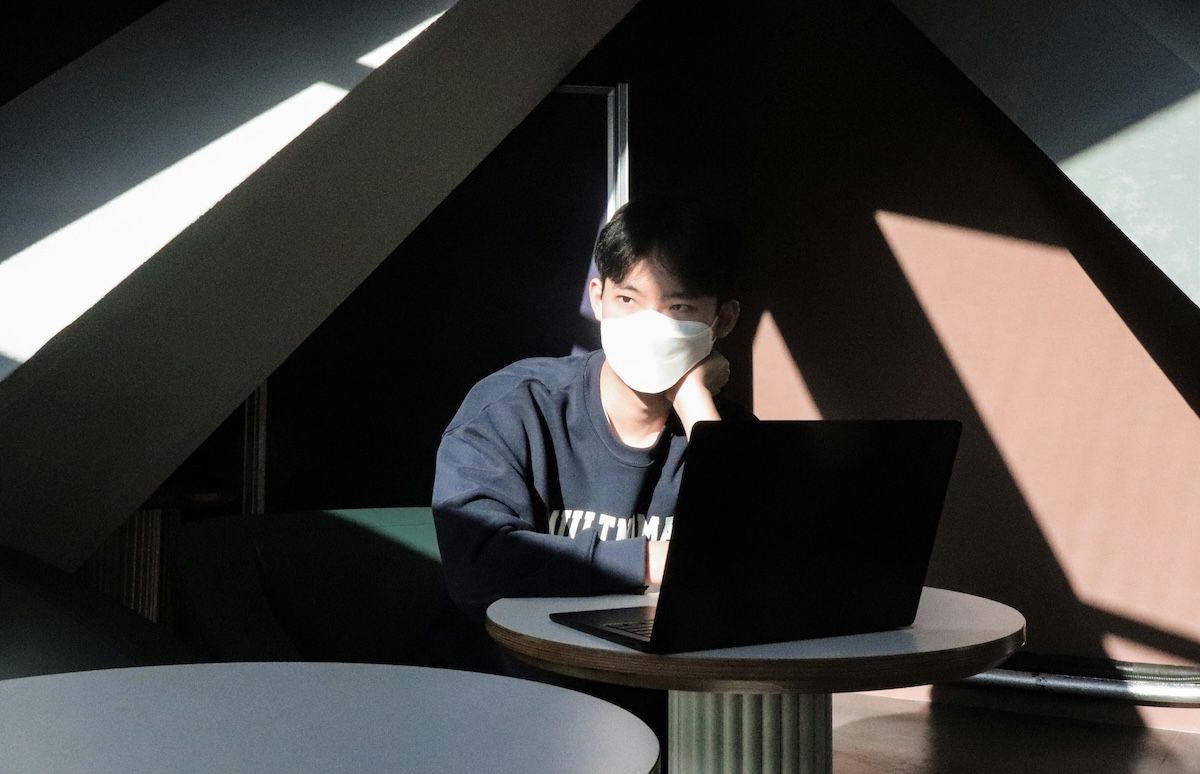Can Energy Healing Be Stored in Physical Materials? And Does it Work?
Energy healing method is linked to recoveries from cancer in mice.
Visualization directed at water or cotton is retrieved later for healing.
Silent recordings of energy healing sessions are linked to genetic changes.

Do these claims sound like fairy tales? In fact, they are real findings based on solid research of the Bengston Energy Healing Method. Research studies in multiple labs around the world, using gold-standard designs, have supported these findings. The findings stretch the limits of three-dimensional models of reality.
Using The Bengston Energy Healing Method: Visual Image Cycling
What is this mysterious energy healing method all about? Full disclosure. I was trained in the Bengston Energy Healing Method by its founder in 2018 and have been part of regularly scheduled in-person and online practice groups since then. And I have personally ingested Bengston treated water, charged cotton and worn it, and given and received group healing sessions from others in the community. But don't just rely on my ardent support. Review what the research has to say. Decide for yourself what the buzz is all about.
When a person works with the Bengston Method in a session, it looks like nothing special is happening on the outside. But on the inside, the healer’s mind is quite active. Picture this. A person sits silently while practicing a mental protocol. They rapidly visualize a series of images of personally desired items or circumstances. Meanwhile, they feel their reactions as if currently receiving the items or circumstances. The more real their internal experience and the faster they perceive it, the better. For instance, feeling themselves currently speeding along the highway in a newly purchased car. Seeing themselves in the present time joyously laughing with a treasured partner they have yet to meet. Imagining proudly sporting a yet to be purchased new pair of yellow socks.
This rapid visual image cycling is credited to sociology professor William “Bill” Bengston, PhD. Decades ago, Bill learned to use a healing technique from a healer. He then developed rapid visual cycling to teach it to others. When relaxing while cycling, healing happens.
How does it work? No one knows for sure. Bill thinks it may not be the cycling that is doing the job. But when the mind is busily distracted by cycling, focused on things the person wants to achieve or receive, somehow healing energy emerges or is released. The healing energy finds its way to those in need. Cycling is relatively easy to learn, and people’s outcomes improve with practice.
In several research settings, cycling is added to other activities. People cycle and hold a piece of cotton or a container of water in their hands. Or they hold the outside of a cage with a cancer-infected mouse. In lab settings, an electromagnetic recording device captures the silence during their personal visual cycling routine. Physiological changes occur - with exposure to the recording, with previously treated water, and cotton. Cancerous tumors disappear from mice's bodies. The mice return to full health. Welcome to the wacky and wonderful world of the Bengston Energy Healing Method.
Where it Began
In the 1960’s, biologist Bernard Grad published studies showing that healers’ focus can affect plant growth. Additionally, plants shocked with saline solution recovered when treated by the healers. Healers also affect the health of previously wounded or sick mice (Grad, Cadoret, and Paul, 1961; Grad, 1964; Grad, 1963. See Beseme, S., et al. for full citations.). These studies marked the start of scientific research on healing energy, both hands-on and at a distance.
Inspired by these reports, Bill Bengston created studies using hands-near healing that was directed at mice with malignant tumors. It worked, saving the mice’s lives. In contrast, healing work on benign growths did not respond to the healing. It seemed the healing responded specifically and exclusively to the need for health. If there was no disease, then healing sessions resulted in no physiological changes. Astounding results. But is energy producing these results, or is it something else?
Despite the name Energy Method, and the title of Bengston’s book, The Energy Cure, Bill suggests that the term information may be more accurate than energy to explain what is happening.
There are significant cellular and electrophysiological reactions to the Bengston healing technique. For example, in a double blind, placebo-controlled study, an expert healer using his method showed physiological and cellular effects on cell samples with pancreatic cancer (Cohen, Delorme, Cusimano et al., 2024).
Healing Information Stored in Physical Materials?
Can healing information be placed in objects? Biologist Grad and his healers could do just that. They stored healing intention in water, crystals, and cotton. Bengston used both water and cotton, and asked healers to “charge” the materials with Bengston Method information. When the materials were held while cycling, they were altered. People attuned to subtle energies, or “sensitives” claimed to register a difference in the materials after a charging session. But could the charged materials affect change in the real world?
In fact, once an item is charged with Bengston Method information, it holds that charge. The information for healing is released from the object when it is in the presence of something that needs healing. This happens even when the healer is not present. The charged object transfers information to the one in need, and a healing occurs. The implications from these findings are three-fold. First, items can be charged with information and stored. Second, the charged item can be used for healing later. Third, the healer who charged the object does not need to be present for the transfer to happen. Healing, therefore, can happen at a distance. Perplexing, yet true. Questions remain. Is this the placebo effect at work and can non-healers charge materials?
Healing Beyond Belief
Apparently, belief in the Bengston Energy Healing Method is not necessary for noticeable change to happen. And skepticism does not disrupt healing effects. Both skeptical and inexperienced subjects were trained in the Bengston Energy Healing Method. Mice with mammary carcinoma were placed in cages. Bengston practitioners placed their hands around mice cages for an hour a day while performing the cycling procedures. This type of cancer was recognized as lethal in many prior research studies, and the mice were expected to live no more than 27 days. Remarkably, the mice in the Bengston study broke this trend, living a complete lifespan in full remission. No cancer was detected. Even when reinjected with cancer, the mice remained healthy. Does this suggest a possible immunity for cancer? Too few studies exist to say this for certain. However, similar findings were replicated in six independent labs. See Bengston et al 2023 for a summary of the research.
Healing Recording Reduces Cancer in Mice
It turns out that recorded “magnetic” signals appear when people use Bengston's rapid visual image cycling technique. Would the recording by itself have a healing impact?
In a series of lab studies, the healing recording played for four hours a day, over the course of a month. Who was listening? Mice in the treatment group, who were infected with three types of cancer: bladder cancer, breast cancer, and melanoma. By comparison, control group mice were exposed to the same three cancers, but they did not hear the recording. The mice given bladder cancer in the treatment group never developed tumors. The mice exposed to breast cancer and melanoma showed physiological changes when exposed to the silent recording, compared to control groups. Mice in the treatment group with melanoma had a reduction in platelet count. Mice with breast cancer showed significant tumor suppression, and a reduction in an anemia marker for treated mice. You can read the study here Bengston, Cizdziel, et al (2023).
Prior studies showed that the recording influenced cancer cell genes. Recorded frequencies of cycling registered greater than a 1.5-fold change in 37 out of 167 genes, compared to controls. Furthermore, 68 genes showed statistically significant changes. In three independent experiments, the genes ATP citrate lyase and interleukin IB were consistently downregulated. Marked changes took place at four and 24 hours of exposure to the recording. However, hands-on healing results outperformed the recording’s results. (Beseme et al., 2018). Another study showed limited biological changes in mice with cancer, when exposed to the recording. Beseme, Fast et al (2020).
Covid-19 Improved Recovery with Informed Water
But what about human subjects? One study shows promising results. West African patients hospitalized with Covid-19 (n = 160) in September of 2022, drank either plain water, or Bengston charged water. They did not know which type of water they were given. They placed the water under the tongue several times a day during their hospital stay. Water was either untreated, or had been “informed” with the Bengston Method.
People who measured the patients’ symptoms were unaware of which type of water they had. Those with informed water had significant improvements in symptoms, with fewer positive PCR results, and better overall health, compared to controls. Those with informed water got better more quickly than the group with untreated water. You can read the full study here Bengston and Nies (2023).
Looking Ahead
It’s hard to know what the future brings for the Bengston Method, but innovation is likely to continue. Research studies continue to be designed and published. Bengston Method trainers across the USA offer workshops for those wanting to learn the method. Case studies and case reports are commonly shared in various Bengston “cycling” groups of those trained in the method. Various types of informed water can be purchased for personal use at Bengs Products website. The products claim to aid in recovery from flu, anti-aging, energy and balance, and better endurance. Research studies have not fully captured these claims but keep tracking the field to see these and other developments over time.
Learn More About Energy Healing Methods
Want to learn more? You can read Bill Bengston’s book, The Energy Cure. Or listen to his training program on CD’s for The Bengston Energy Healing Method. Go to his website for the latest research findings. Bengston and team also offer live, in-person and online training. You can read a blog by IONS about a healer’s effect on pancreatic cancer cells in the Cohen et al 2024 study. ACEP’s Science of Energy Healing Deluxe online program features interviews with Bill Bengston and other energy practice leaders in the field.
Want to learn more about biofield science and energy healing?
Check out ACEP’s research page on the website.
You can boost the field with a donation to ACEP for research, or a general donation to support ACEP’s work in the field.
Author
Lori Chortkoff Hops, PhD, DCEP is a licensed psychologist in Westlake Village, California, USA. She is certified in Comprehensive Energy Psychology and Logosynthesis. Lori is a past ACEP president and Reiki master. Learn more about Lori at www.drlorihops.com. Lori teaches online intuition classes and consultation. Check out her podcast Healing Tips from the Heart: Helpers, Healers and Guides.



